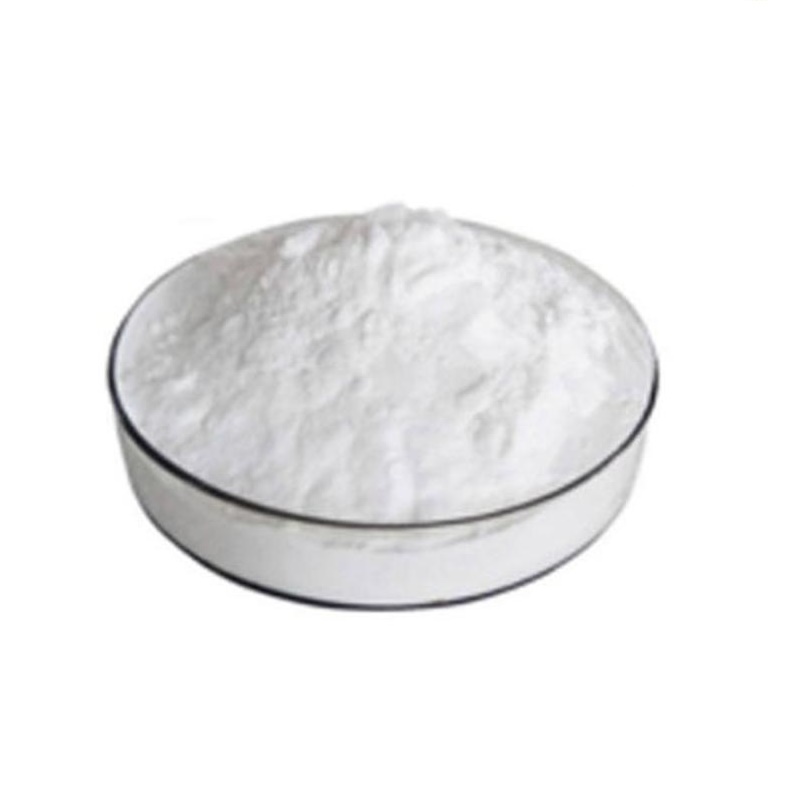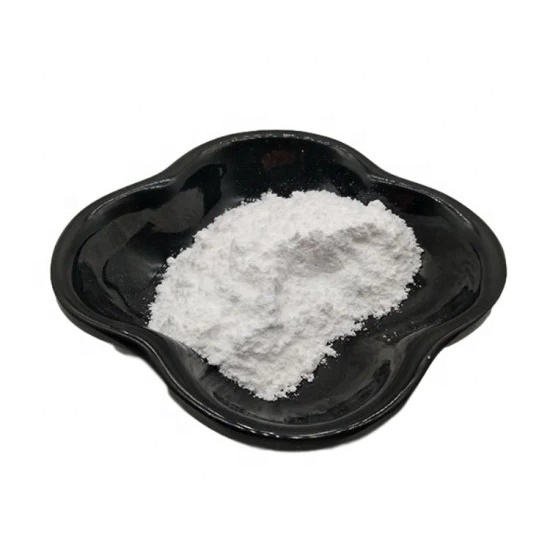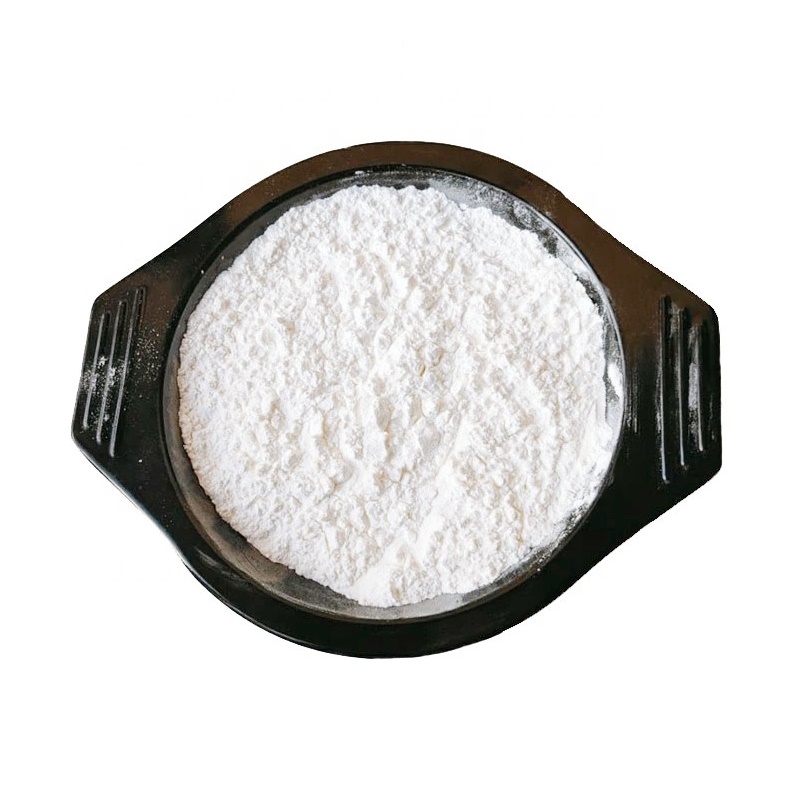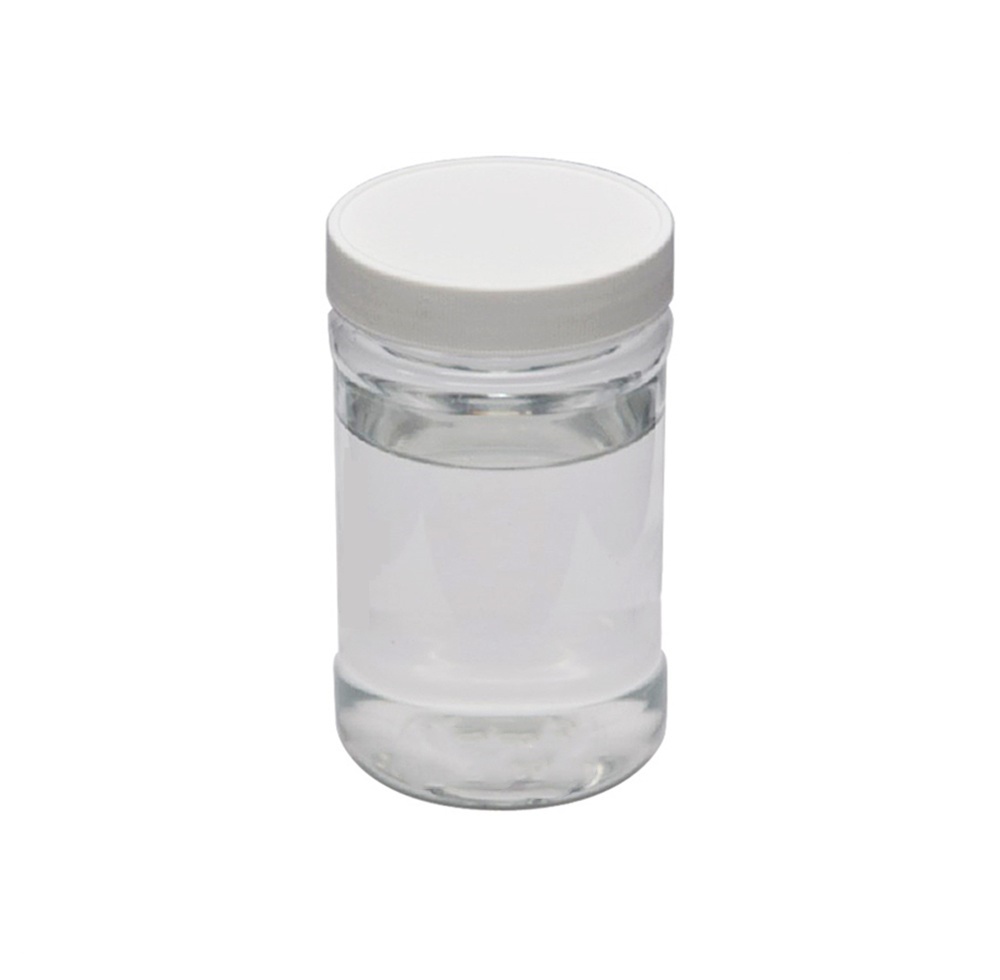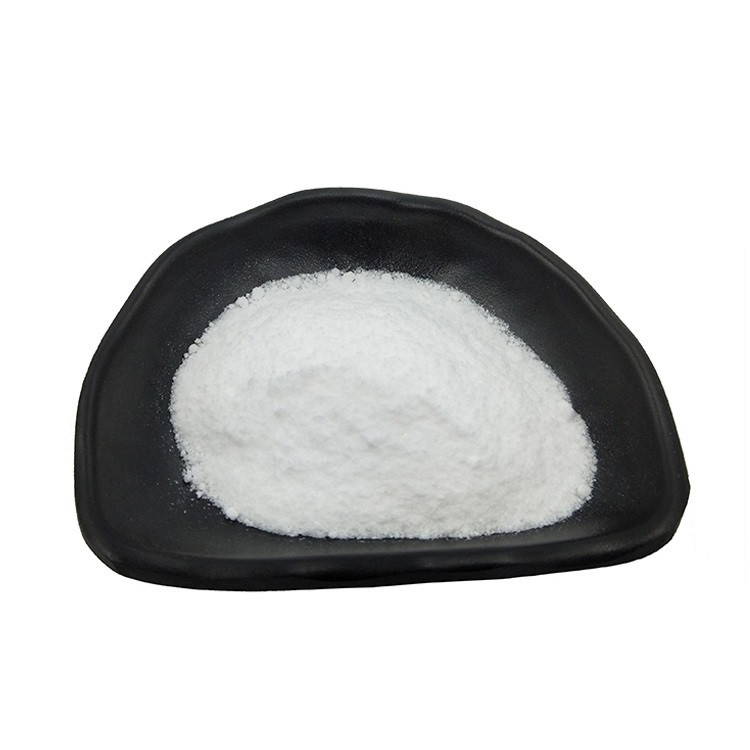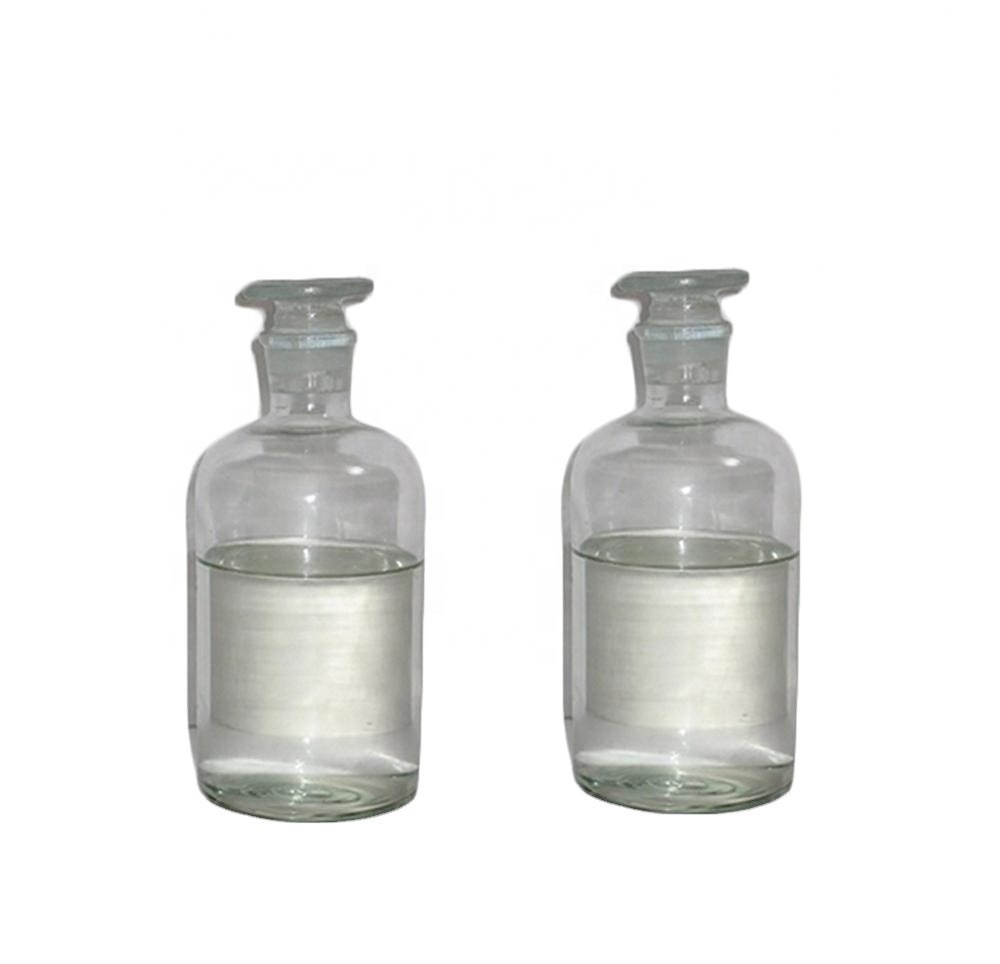

Hydroxypropyl methyl cellulose CAS 9004-65-3
——————
CAS number : 9004-65-3
molecular formula : C3H7O
EINECS : 618-389-6
——————
Email : info@deshangchem.com
Mobile : +86-13153039501
TEL : +86-531-88752665
CAS number:9004-65-3
molecular formula:C3H7O
molecular weight:59.08708
EINECS number:618-389-6
English synonyms
hpmcd;hydroxylpropylmethylcellulose;Hydroxymethylpropylcellulose;isoptoalkaline;isoptoplain;isoptotears;methocele,f,k;HydroxypropylMethylCellulose(Hpmc)
Related categories
APIs; pharmaceutical raw materials; organic chemicals; carbohydrates; pharmaceutical excipients; chemical raw materials-1; thickeners; inorganic chemical raw materials; food additives; thickeners and gelling agents; nonionic surfactants; industrial surfactants; Chemical Auxiliaries; Biochemical Reagents; Pharmaceutical Intermediates; Pharmaceutical Excipients; Chemical Reagents; Organic Chemical Raw Materials; Raw Material Intermediates - APIs; Biochemical Reagents - Separation Materials and Consumables; Chemical Products - Organic Chemicals; Thickeners; Excipients; synthetic intermediates;Oligosaccharide;AtoZBooksandSoftwareTitles;BiotechnologybooksBooksandSoftware;BooksandSoftware;C;Labware;CapillaryZoneElectrophoresis;MaterialsScience;NaturalPolymers;PolymerScience;Polymers;OtherAPIs;Organic chemical raw materials; organic chemistry; raw materials; chemical raw materials; daily chemical raw materials; chemical raw materials - medical raw materials; chemical intermediate industrial raw materials; chemical materials fine chemicals; fine chemical raw materials; ;cell-cell line;general biochemical reagent-bioseparation reagent;chemical industry;pharmaceutical excipients;chemical intermediates;chemical reagents;NaturalPolymers;Cellulose;PolymerScience;CarbohydratesH-LBiochemicalsandReagents;Carbohydrates;CarbohydratesAto;Polysaccharide;DynamicSieving;CapillaryElectrophoresis;ProteinElectrophoresis;BiochemicalsandReagents;propyleneglycolether;Thickeningagent;pharmeceuticalrawmaterialorintermediates;thickener,binders;Imidazoles,65-Homopiperidines;
Introduction
Hydroxypropyl methylcellulose is the propylene glycol ether of methylcellulose, in which the hydroxypropyl group and the methyl group are combined with an ether bond and the anhydrous glucose ring of cellulose. It is white to off-white cellulose powder or granules, with Cold water soluble and hot water insoluble properties similar to methyl cellulose. The solubility in organic solvents is better than water solubility, and it can be dissolved in anhydrous methanol and ethanol solutions, as well as in organic solvents such as chlorinated hydrocarbons and ketones. It is soluble in water, and its water-soluble Chemicalbook liquid has surface activity. After drying, it forms a thin film. After heating and cooling, it undergoes a reversible transition from sol to gel in turn. It can be used alone in cold drinks or in combination with other emulsifiers and stabilizers. The maximum dosage in cold drinks is 1%. In recent years, it has been widely used in petrochemical, papermaking, leather, textile printing and dyeing, medicine, food, cosmetics and other industries, as dispersant, thickener, adhesive, excipient, capsule, oil-resistant coating and filler, etc.
Chemical properties
| Melting point | 225-230°C |
| Density | 1.39 |
| Storage conditions | roomtemp |
| Solubility | H2O:50mg/mL,cleartoveryfaintlyturbid,faintlyyellow |
| Shape | powder |
| Color | Whitetocream |
| Odor | Odorless |
| Water solubility | SOLUBLE |
| Merck | 14,4842 |
| Stability | Stable.Solidiscombustible,incompatiblewithstrongoxidizingagents. |
A propylene glycol ether of methylcellulose in which both hydroxypropyl and methyl groups are bound to the anhydrous glucose ring of cellulose by ether linkages. Different types of products have different proportions of methoxy and hydroxypropyl. White to off-white Chemicalbook color fibrous powder or granules. Soluble in water and some organic solvents. Insoluble in ethanol, the aqueous solution has surface activity, forms a thin film after drying, and undergoes a reversible transition from sol to gel in turn by heating and cooling.
Use
● Thickener; Stabilizer; Emulsifier; Gelling Agent; Suspension.
● Used as synthetic resin dispersant, coating molding agent, and thickener
● This product is used as thickener, dispersant, binder, emulsifier and stabilizer in textile industry. It is also widely used in synthetic resin, petrochemical, ceramics, paper, leather, medicine, food, cosmetics and other industries.
● Used in synthetic resins, petrochemicals, ceramics, papermaking, leather, textile printing and dyeing, medicine, food, cosmetics and other daily chemicals, as dispersants, thickeners, binders, excipients, capsules, oil-resistant coatings and filler etc.
Production method
● Treat the refined cotton cellulose with alkali solution at 35-40°C for half an hour, press, pulverize the cellulose, and properly age at 35°C, so that the average degree of polymerization of the obtained alkali fiber is within the required range. Put the alkali fiber into the etherification kettle, add propylene oxide and methyl chloride in turn, and etherify at 50-80℃ for 5h, the maximum pressure is about 1.8MPa. The reaction product is post-treated (neutralization with hydrochloric acid, iron removal with oxalic acid, washing, drying). Raw material consumption is 1100kg/t cotton pulp, 4300kg/t methyl chloride and propylene oxide, 1200kg/t solid alkali, 30kg/t hydrochloric acid, and 50kg/t oxalic acid.
● Immerse 100kg of refined short cotton linters in 45% lye solution, the temperature is 35~40℃, the time is 0.5~1.0h, and then it is taken out for pressing. Stop pressing when the weight is 2.7 times the weight of the lint. Pulverize and loosen. Aged for 16h at 35°C. Put the above-mentioned aged alkali fibers into the reaction kettle, add methyl chloride and propylene oxide in turn, react at 80°C and the pressure is 1.8MPa for 5-8h, and then add an appropriate amount of hydrochloric acid and oxalic acid to the hot water at 90°C to wash the materials , to expand the volume. Dehydrate with a centrifuge. Wash to neutrality. When the water content in the material is less than 60%, dry it with a hot air flow at 130°C to less than 5% water content. Finally, it is crushed and passed through a 20-mesh sieve to obtain the finished product.
● It is prepared from cellulose, methyl chloride and ethylene oxide.

Hydroxypropyl methyl cellulose CAS 9004-65-3
CAS number:9004-65-3
molecular formula:C3H7O
molecular weight:59.08708
EINECS number:618-389-6
English synonyms
hpmcd;hydroxylpropylmethylcellulose;Hydroxymethylpropylcellulose;isoptoalkaline;isoptoplain;isoptotears;methocele,f,k;HydroxypropylMethylCellulose(Hpmc)
Related categories
APIs; pharmaceutical raw materials; organic chemicals; carbohydrates; pharmaceutical excipients; chemical raw materials-1; thickeners; inorganic chemical raw materials; food additives; thickeners and gelling agents; nonionic surfactants; industrial surfactants; Chemical Auxiliaries; Biochemical Reagents; Pharmaceutical Intermediates; Pharmaceutical Excipients; Chemical Reagents; Organic Chemical Raw Materials; Raw Material Intermediates - APIs; Biochemical Reagents - Separation Materials and Consumables; Chemical Products - Organic Chemicals; Thickeners; Excipients; synthetic intermediates;Oligosaccharide;AtoZBooksandSoftwareTitles;BiotechnologybooksBooksandSoftware;BooksandSoftware;C;Labware;CapillaryZoneElectrophoresis;MaterialsScience;NaturalPolymers;PolymerScience;Polymers;OtherAPIs;Organic chemical raw materials; organic chemistry; raw materials; chemical raw materials; daily chemical raw materials; chemical raw materials - medical raw materials; chemical intermediate industrial raw materials; chemical materials fine chemicals; fine chemical raw materials; ;cell-cell line;general biochemical reagent-bioseparation reagent;chemical industry;pharmaceutical excipients;chemical intermediates;chemical reagents;NaturalPolymers;Cellulose;PolymerScience;CarbohydratesH-LBiochemicalsandReagents;Carbohydrates;CarbohydratesAto;Polysaccharide;DynamicSieving;CapillaryElectrophoresis;ProteinElectrophoresis;BiochemicalsandReagents;propyleneglycolether;Thickeningagent;pharmeceuticalrawmaterialorintermediates;thickener,binders;Imidazoles,65-Homopiperidines;
Introduction
Hydroxypropyl methylcellulose is the propylene glycol ether of methylcellulose, in which the hydroxypropyl group and the methyl group are combined with an ether bond and the anhydrous glucose ring of cellulose. It is white to off-white cellulose powder or granules, with Cold water soluble and hot water insoluble properties similar to methyl cellulose. The solubility in organic solvents is better than water solubility, and it can be dissolved in anhydrous methanol and ethanol solutions, as well as in organic solvents such as chlorinated hydrocarbons and ketones. It is soluble in water, and its water-soluble Chemicalbook liquid has surface activity. After drying, it forms a thin film. After heating and cooling, it undergoes a reversible transition from sol to gel in turn. It can be used alone in cold drinks or in combination with other emulsifiers and stabilizers. The maximum dosage in cold drinks is 1%. In recent years, it has been widely used in petrochemical, papermaking, leather, textile printing and dyeing, medicine, food, cosmetics and other industries, as dispersant, thickener, adhesive, excipient, capsule, oil-resistant coating and filler, etc.
Chemical properties
| Melting point | 225-230°C |
| Density | 1.39 |
| Storage conditions | roomtemp |
| Solubility | H2O:50mg/mL,cleartoveryfaintlyturbid,faintlyyellow |
| Shape | powder |
| Color | Whitetocream |
| Odor | Odorless |
| Water solubility | SOLUBLE |
| Merck | 14,4842 |
| Stability | Stable.Solidiscombustible,incompatiblewithstrongoxidizingagents. |
A propylene glycol ether of methylcellulose in which both hydroxypropyl and methyl groups are bound to the anhydrous glucose ring of cellulose by ether linkages. Different types of products have different proportions of methoxy and hydroxypropyl. White to off-white Chemicalbook color fibrous powder or granules. Soluble in water and some organic solvents. Insoluble in ethanol, the aqueous solution has surface activity, forms a thin film after drying, and undergoes a reversible transition from sol to gel in turn by heating and cooling.
Use
● Thickener; Stabilizer; Emulsifier; Gelling Agent; Suspension.
● Used as synthetic resin dispersant, coating molding agent, and thickener
● This product is used as thickener, dispersant, binder, emulsifier and stabilizer in textile industry. It is also widely used in synthetic resin, petrochemical, ceramics, paper, leather, medicine, food, cosmetics and other industries.
● Used in synthetic resins, petrochemicals, ceramics, papermaking, leather, textile printing and dyeing, medicine, food, cosmetics and other daily chemicals, as dispersants, thickeners, binders, excipients, capsules, oil-resistant coatings and filler etc.
Production method
● Treat the refined cotton cellulose with alkali solution at 35-40°C for half an hour, press, pulverize the cellulose, and properly age at 35°C, so that the average degree of polymerization of the obtained alkali fiber is within the required range. Put the alkali fiber into the etherification kettle, add propylene oxide and methyl chloride in turn, and etherify at 50-80℃ for 5h, the maximum pressure is about 1.8MPa. The reaction product is post-treated (neutralization with hydrochloric acid, iron removal with oxalic acid, washing, drying). Raw material consumption is 1100kg/t cotton pulp, 4300kg/t methyl chloride and propylene oxide, 1200kg/t solid alkali, 30kg/t hydrochloric acid, and 50kg/t oxalic acid.
● Immerse 100kg of refined short cotton linters in 45% lye solution, the temperature is 35~40℃, the time is 0.5~1.0h, and then it is taken out for pressing. Stop pressing when the weight is 2.7 times the weight of the lint. Pulverize and loosen. Aged for 16h at 35°C. Put the above-mentioned aged alkali fibers into the reaction kettle, add methyl chloride and propylene oxide in turn, react at 80°C and the pressure is 1.8MPa for 5-8h, and then add an appropriate amount of hydrochloric acid and oxalic acid to the hot water at 90°C to wash the materials , to expand the volume. Dehydrate with a centrifuge. Wash to neutrality. When the water content in the material is less than 60%, dry it with a hot air flow at 130°C to less than 5% water content. Finally, it is crushed and passed through a 20-mesh sieve to obtain the finished product.
● It is prepared from cellulose, methyl chloride and ethylene oxide.
Team Presentation

